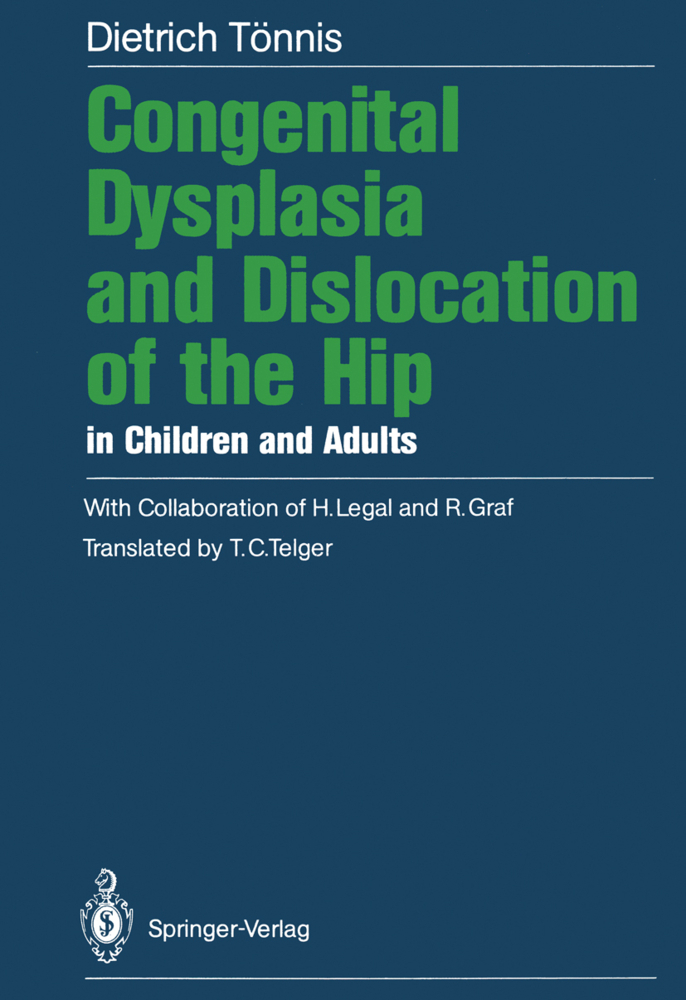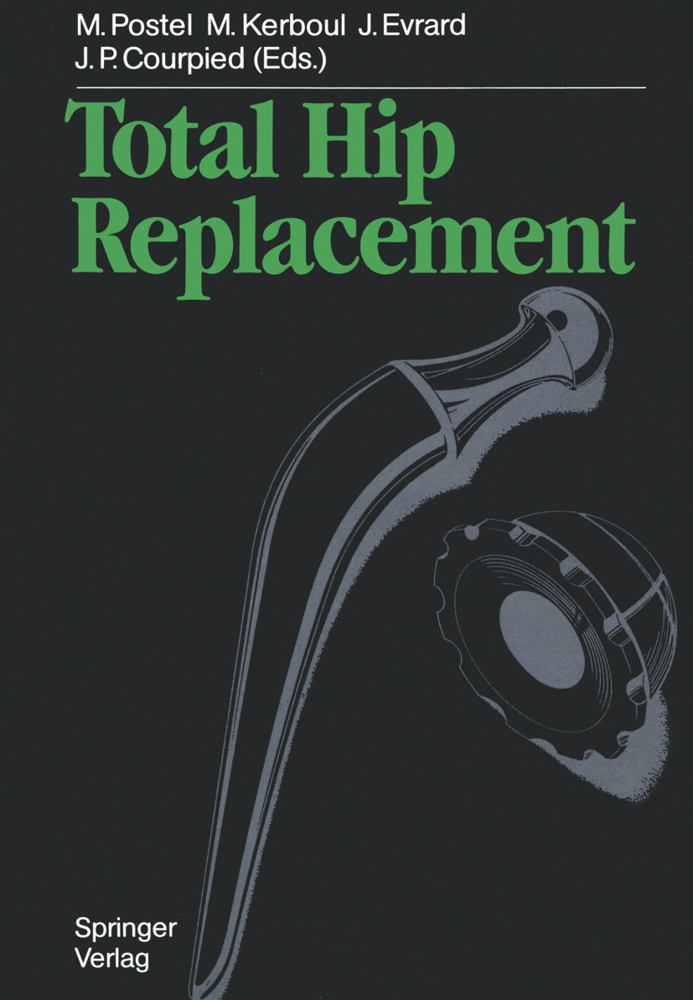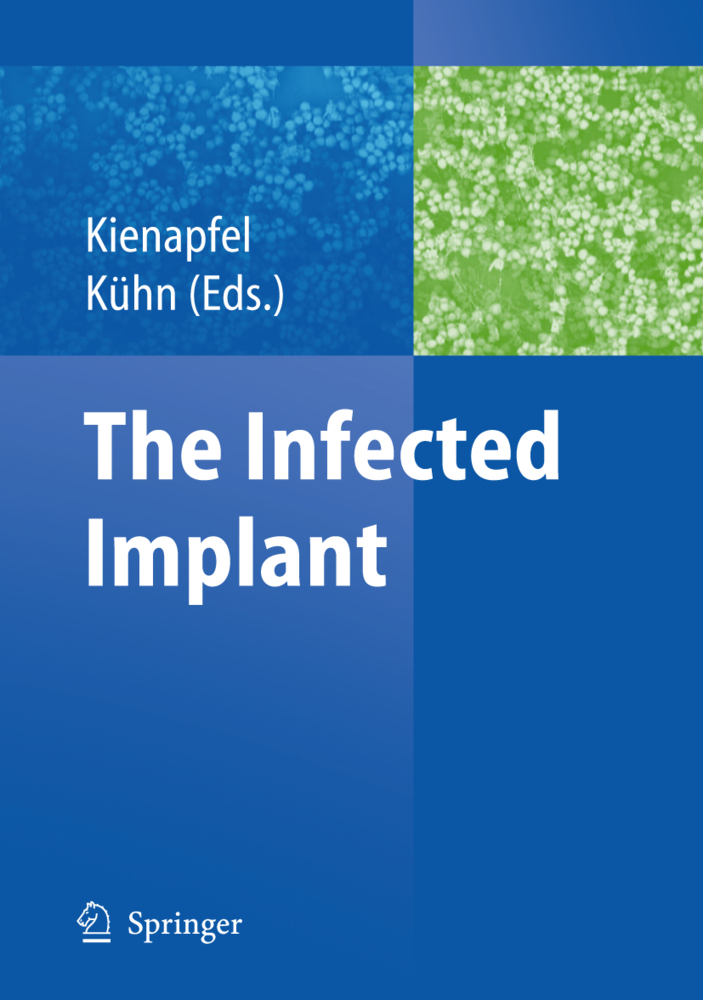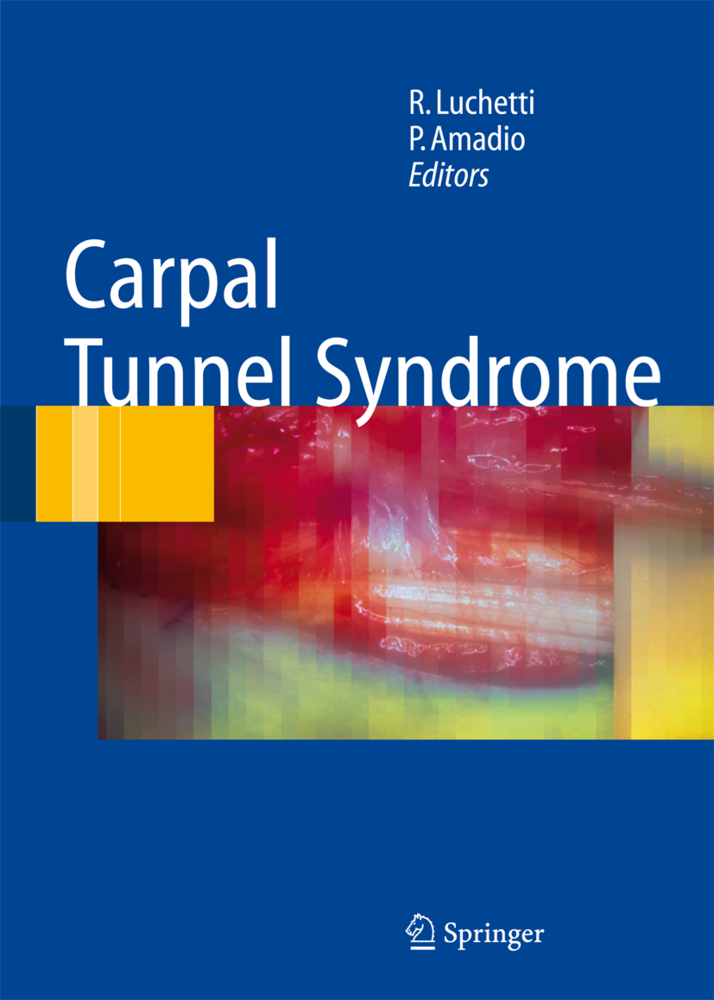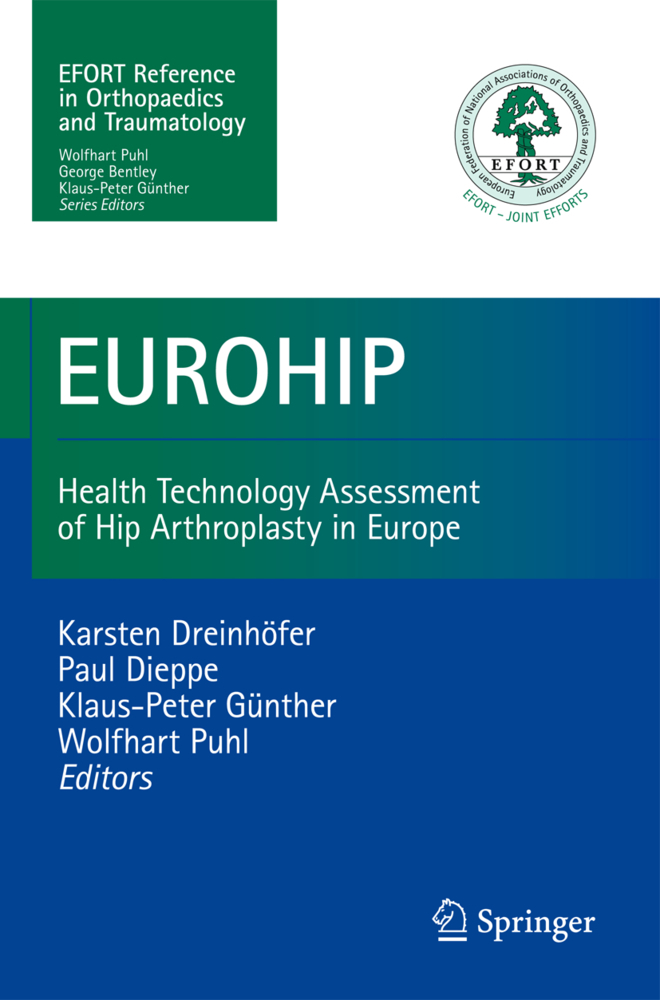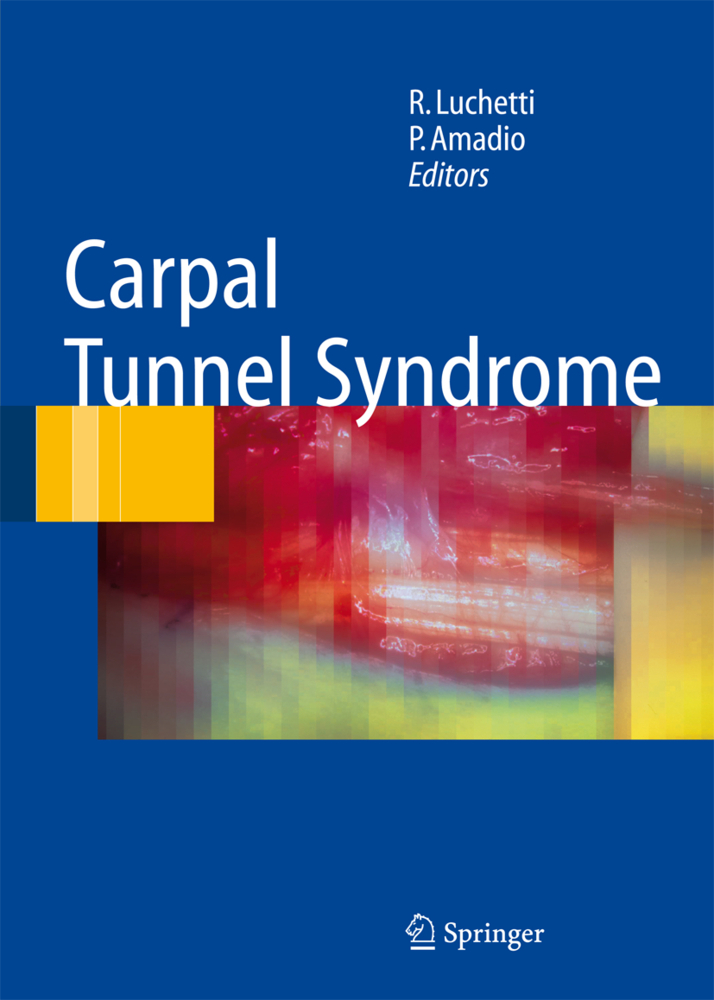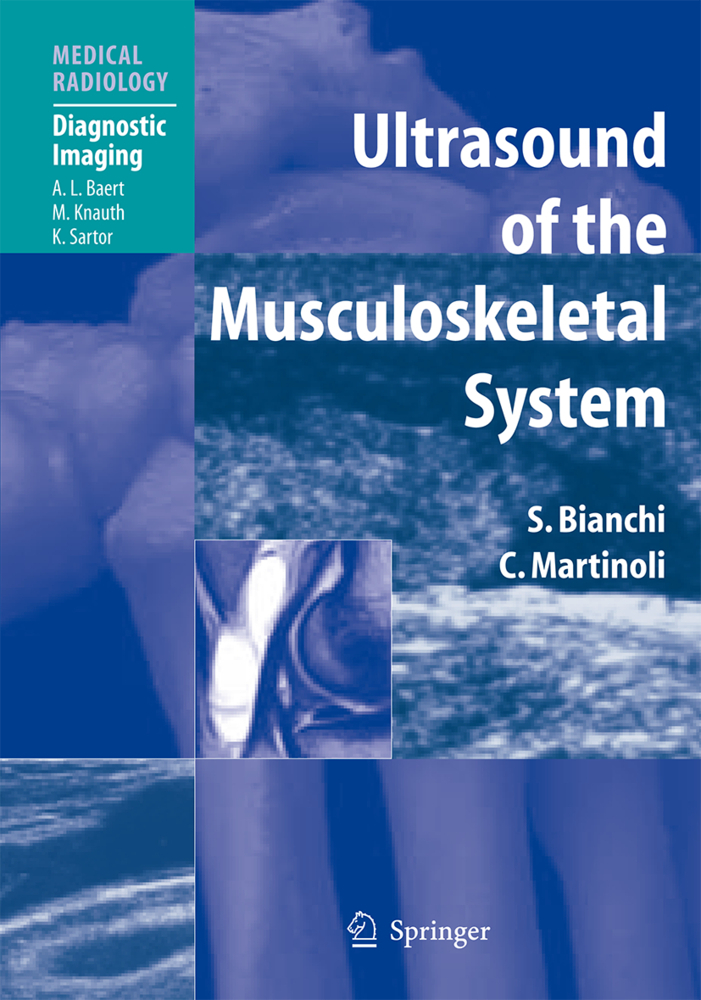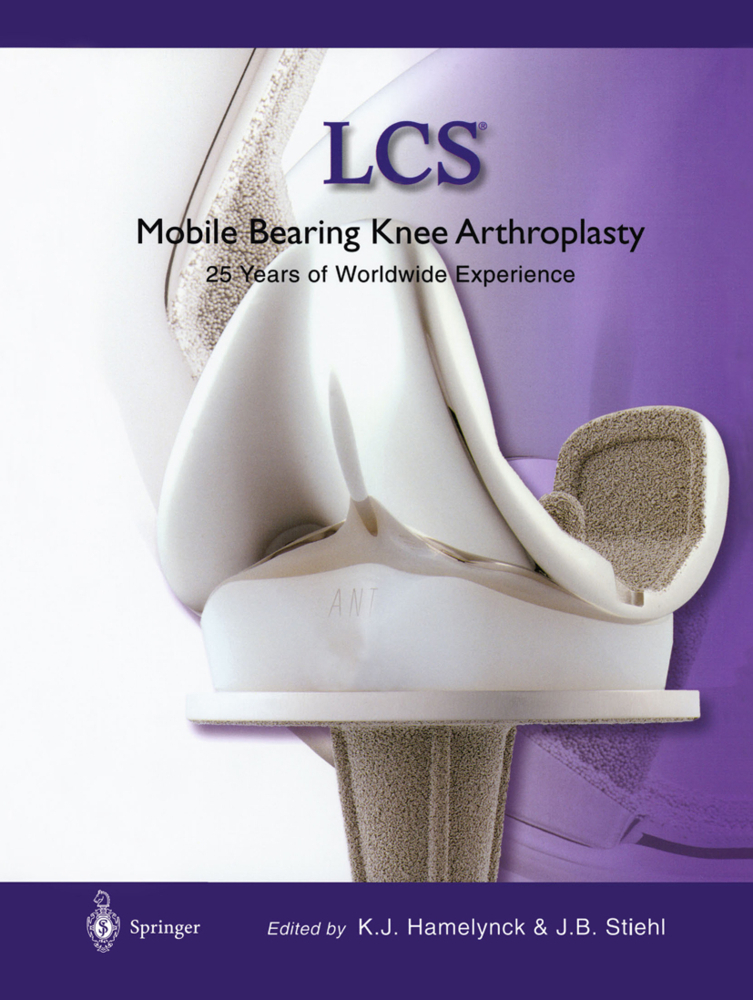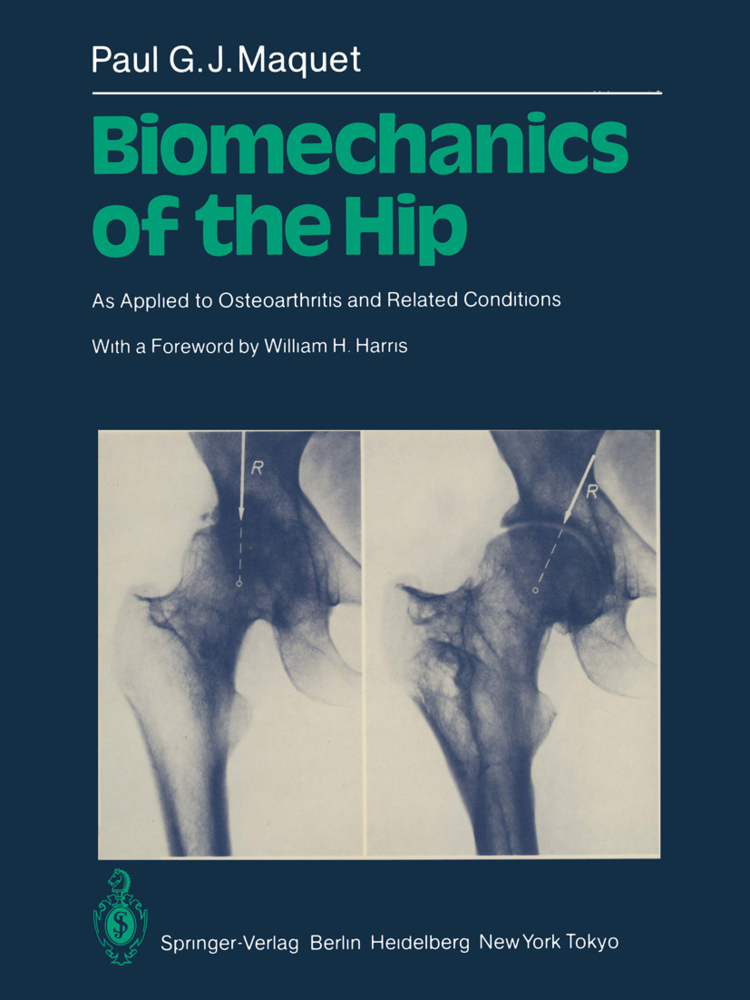Minimally Invasive Surgery in Total Hip Arthroplasty
Recent years have witnessed a trend toward the use of minimally invasive techniques in all areas of orthopedic surgery, including hip replacement. This book aims to provide a comprehensive guide to the use of minimally invasive surgery in total hip arthroplasty. The four commonly employed approaches - anterior, anterolateral OCM, anterolateral supine, and posterior - are described in detail with the aid of high-quality illustrations. For each approach, clear guidance is offered on patient selection, patient positioning, surgical procedure, postsurgical care, and rehabilitation. Potential complications and the advantages and disadvantages of each option are carefully weighed up, and experts also present their personal experiences, outcomes, and success rates with the different approaches. The book concludes by discussing future trends in hip arthroplasty.
1;Title;2 2;Halftitle;3 3;Copyright;4 4;Dedication;5 5;Preface;6 6;Contents;8 7;Contributors;12 8;1: Introduction;13 8.1;1.1 Development of Surgery in General;13 8.1.1;1.1.1 Social Changes;13 8.1.2;1.1.2 Technological Development;14 8.2;1.2 Development of Orthopaedic Surgery;14 8.3;1.3 Surgical Approaches in Orthopaedics;15 8.4;1.4 Surgical Approaches to the Hip Joint;15 8.5;1.5 Minimally Invasive Surgery;16 8.6;1.6 Conclusions;18 8.7;1.7 Scope of This Book;18 8.7.1;References;18 9;2: Anatomy of the Hip Joint;19 9.1;2.1 Muscles Surrounding the Hip;19 9.2;2.2 Nerves in the Anatomical Vicinity of the Hip Joint;24 9.3;2.3 Femoral Nerve (Fig. .2.7.);24 9.4;2.4 Lateral Cutaneous Nerve of the Thigh (Fig. .2.8.);25 9.5;2.5 Superior and Inferior Gluteal Nerves (Fig. .2.9.);26 9.6;2.6 Sciatic Nerve (Fig. .2.10.);27 9.6.1;References;29 10;3: Complications;32 10.1;3.1 Complications;32 10.1.1;3.1.1 Pre- and Intra-Operative Events;32 10.1.2;3.1.2 Post-Operative Events;33 10.2;References;33 11;4: Patient Selection, Indications and Contraindications;34 11.1;4.1 Patient Selection;34 11.1.1;4.1.1 Examination;34 11.1.2;4.1.2 Indications;35 11.1.3;4.1.3 Contraindications;35 11.2;References;36 12;5: The Anterior Approach.1;37 12.1;5.1 Introduction;37 12.2;5.2 Patient Selection;38 12.2.1;5.2.1 Examination;38 12.2.2;5.2.2 Indications;38 12.2.3;5.2.3 Contraindications;39 12.3;5.3 Advantages;39 12.4;5.4 Disadvantages;40 12.5;5.5 Patient Positioning/OP Field;40 12.5.1;5.5.1 Patient Positioning;40 12.5.2;5.5.2 Surgical Instrumentation;41 12.5.3;5.5.3 Hip Prosthesis;41 12.6;5.6 Surgical Technique;42 12.6.1;5.6.1 Incision and Approach;42 12.6.2;5.6.2 Preparation of the Femoral Neck;45 12.6.3;5.6.3 Preparation of the Acetabulum;47 12.6.4;5.6.4 Preparation of Femur;49 12.6.5;5.6.5 Reduction;52 12.6.6;5.6.6 Closure;52 12.7;5.7 Post-Surgical Care and Rehabilitation;52 12.7.1;5.7.1 Immediate Post-Surgical Care;52 12.7.2;5.7.2 Physiotherapy;53 12.8;5.8 Complications;53 12.8.1;5.8.1 Pre- and Intra-Operative Events;53 12.8.2;5.8.2 Post-Operative Events;53 12.9;5.9 Personal Experience, Outcome and Success Rate;54 12.10;References;54 13;6: The Anterolateral Approach with the Patient in Lateral Position1;56 13.1;6.2 Patient Selection;57 13.1.1;6.2.1 Examination;57 13.1.2;6.2.2 Indications;57 13.1.3;6.2.3 Contraindications;57 13.2;6.3 Advantages;58 13.3;6.4 Disadvantages;59 13.4;6.5 Patient Positioning/OP Field;59 13.4.1;6.5.1 Patient Positioning;59 13.4.2;6.5.2 Surgical Instrumentation;60 13.4.3;6.5.3 Hip Prosthesis;60 13.5;6.6 Surgical Technique;60 13.5.1;6.6.1 Incision and Approach;60 13.5.2;6.6.2 Preparation of the Femoral Neck;62 13.5.3;6.6.3 Preparation of the Acetabulum;63 13.5.4;6.6.4 Preparation of Femur;64 13.5.5;6.6.5 Reduction;66 13.5.6;6.6.6 Closure;68 13.6;6.7 Postsurgical Care and Rehabilitation;68 13.6.1;6.7.1 Immediate Post Surgical Care;68 13.6.2;6.7.2 Physiotherapy;68 13.7;6.8 Complications;68 13.7.1;6.8.1 Pre-and Intraoperative Events;68 13.7.2;6.8.2 Postoperative Events;69 13.8;6.9 Personal Experience, Outcome and Success Rate;69 13.9;References;70 14;7: The Anterolateral Approach with the Patient in Supine Position 1;71 14.1;7.1 Introduction;71 14.2;7.2 Patient Selection;72 14.2.1;7.2.1 Examination;72 14.2.2;7.2.2 Indications;72 14.2.3;7.2.3 Contraindications;73 14.3;7.3 Advantages;73 14.4;7.4 Disadvantages;74 14.5;7.5 Patient Positioning/OP Field (Fig. 7.1);75 14.5.1;7.5.1 Patient Positioning;75 14.5.2;7.5.2 Surgical Instrumentation;76 14.5.3;7.5.3 Hip Prosthesis;76 14.6;7.6 Surgical Technique;76 14.6.1;7.6.1 Incision and Approach;76 14.6.2;7.6.2 Preparation of the Femoral Neck;77 14.6.3;7.6.3 Preparation of the Acetabulum;81 14.6.4;7.6.4 Preparation of Femur;81 14.6.5;7.6.5 Reduction;82 14.6.6;7.6.6 Closure;83 14.7;7.7 Post-Surgical Care and Rehabilitation;83 14.7.1;7.7.1 Immediate Post-Surgical Care;83 14.7.2;7.7.2 Physiotherapy;83 14.8;7.8 Complications;84 14.8.1;7.8.1 Pre- and Intra-Operative Events;84 14.8.2;7.8.2 Post-Operative Events;8
Pfeil, Joachim
Siebert, Werner E.
| ISBN | 9783642008979 |
|---|---|
| Artikelnummer | 9783642008979 |
| Medientyp | E-Book - PDF |
| Auflage | 2. Aufl. |
| Copyrightjahr | 2010 |
| Verlag | Springer-Verlag |
| Umfang | 98 Seiten |
| Kopierschutz | Digitales Wasserzeichen |

